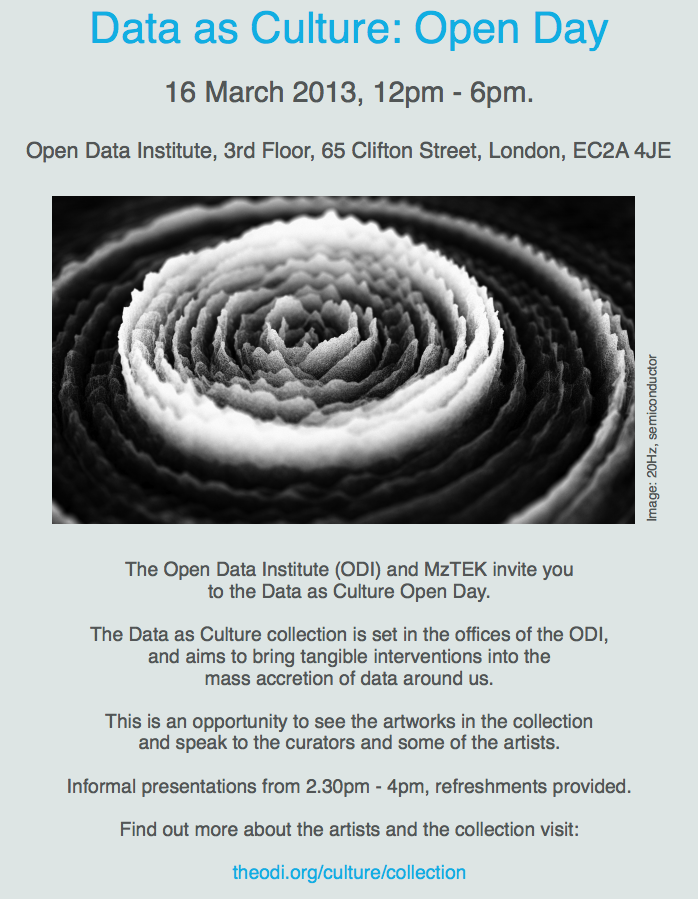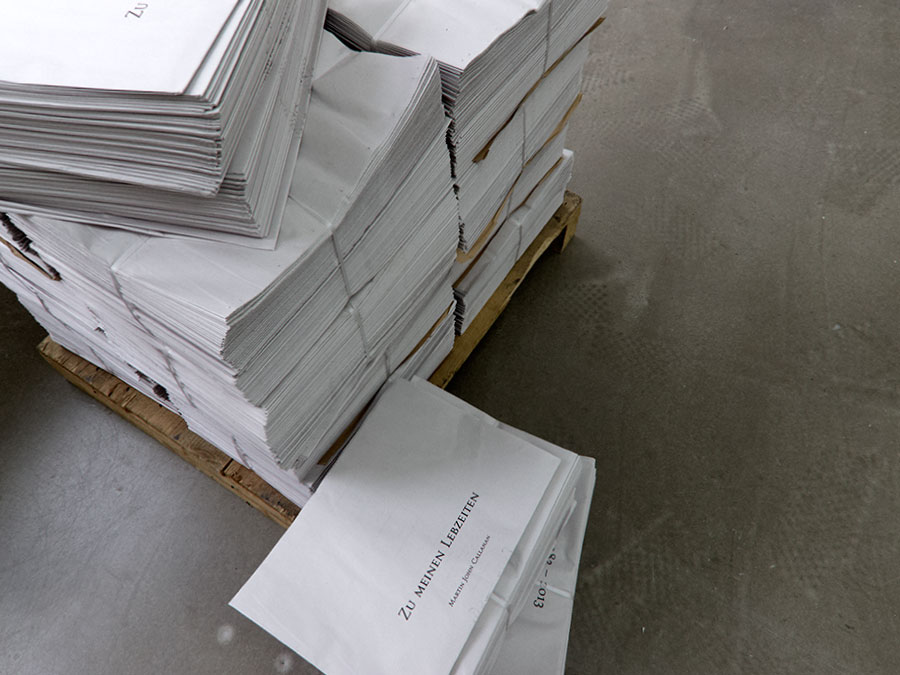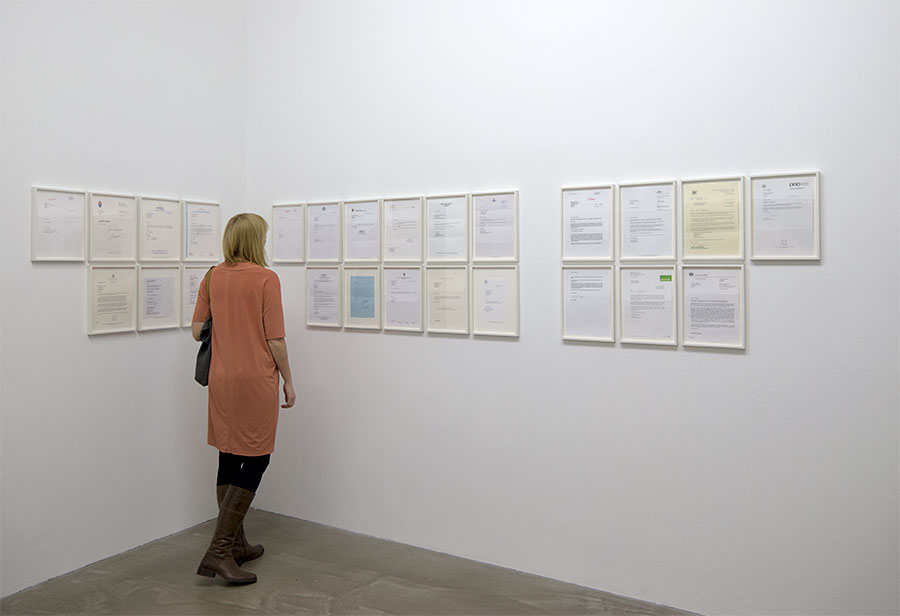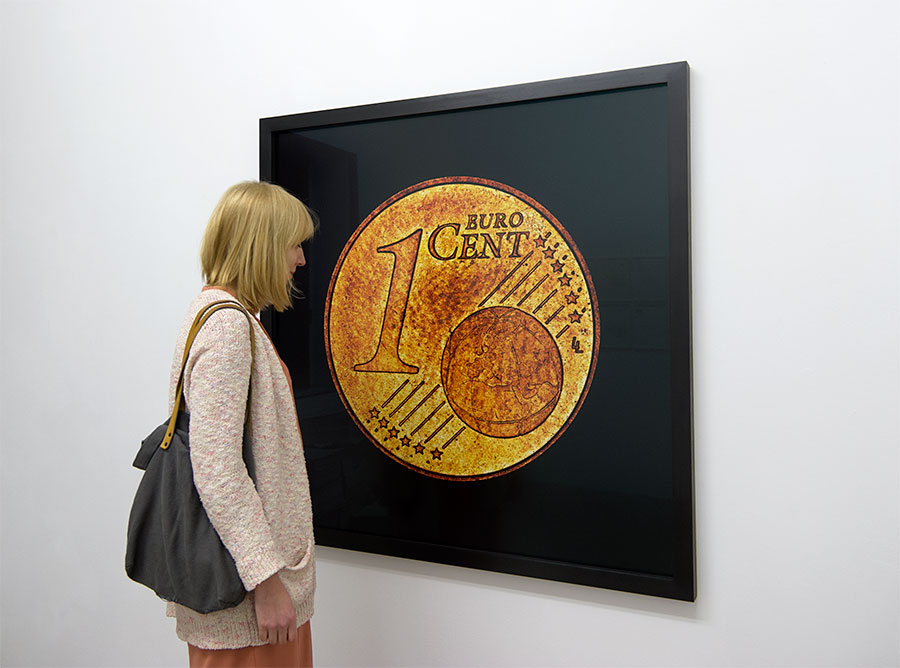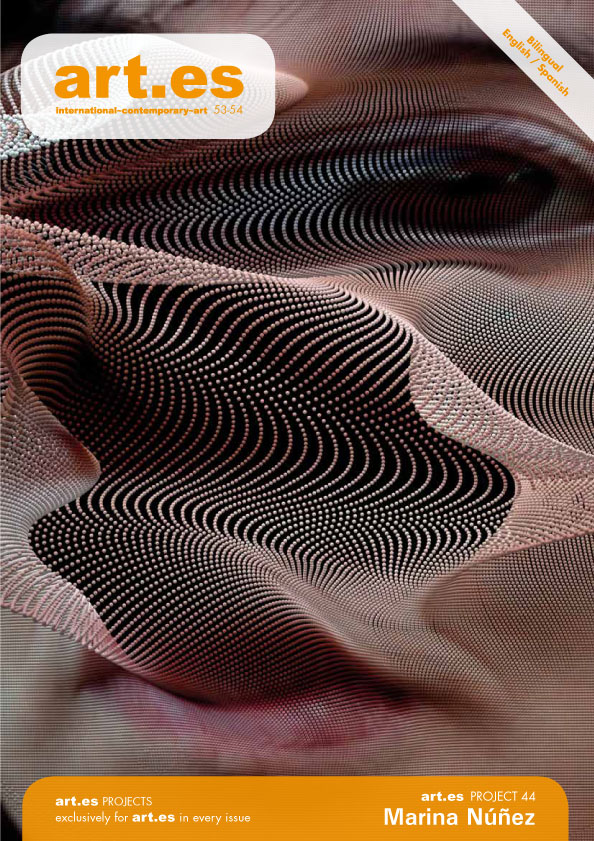
Article and interview with Pau Waelder in the forthcoming issue of Art.es #53
Press release
art.es international_contemporary_art announces the publication of its issue #53, with the following contents:
• art.es Project #44: Marina Núñez, Necrosis. (2013), digital image.
Cover and 22 inside pages. As always, an exclusive for the magazine (the originals belong to the art.es Collection).
Introductory text: Susana Cendán: Marina Núñez: “Everything has to do with the monsters”.
• Reflections:
– China’s Long March (4/10) (Zhang Fang).
– Meschac Gaba: Trying to change African society (Abdellah Karroum).
– A quantum reflection of Bakalhau (Cod Fish) (Fernando Galán).
• Media Art:
– Martin John Callanan: On Systems and Processes (Pau Waelder).
• Interview:
– Rafa Macarrón: “the solitude of man before the universe inmensity” (Fernando Galán).
• Film:
– Lipsett: a personal dilemma (Jorge D. González).
• Work_and_Word:
– Marco Ayres (Portugal)
– Simón Vega (El Salvador)
– Luis Gordillo (Spain)
– Pipo Hernández (Spain)
– Natxo Frisuelos (Spain)
• Exhibitions:
– The sublimation of detail: José Ferrero (Madrid) (Terry Berne).
– Bunga: beyond space: Carlos Bunga (Santa Mónica, California, USA) (Béatrice Chassepot).
– The descent into Marina Núñez’s hells (Valladolid, España) (Alfonso León).
– Reinterpreting art’s recent history: Roger Gustafsson (Madrid) (Fernando Galán).
– If you like small things: group show (A Coruña, España) (Nilo Casares).
• Museums
– Critical museology (2/2): On the limits of institutional art criticism (and critical museology as established discourse (Jesús Pedro Lorente)
• What’s going on in… Toronto? (John K. Grande).
• Books:
– “La Movida”, counterculture and normalization (La Movida, au nom du Père, des fils et du Todo Vale) (Juan Albarrán).
art.es is a 100 % bilingual magazine (English/Spanish) with contributions from the world over, and aimed at the entire world of genuinely contemporary art.
art.es focuses on established art as well as the latest creative iniciatives emerging from every corner of the planet. It informs and reflects on topics of interest, but with a fresh language and crisp design which are comprehensible to both specialists and amateurs. It has over 90 specialized collaborators and correspondents covering each and every geographical and thematic area of the contemporary art world.
